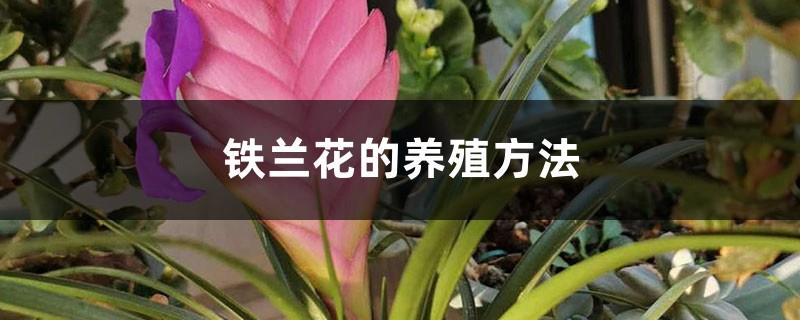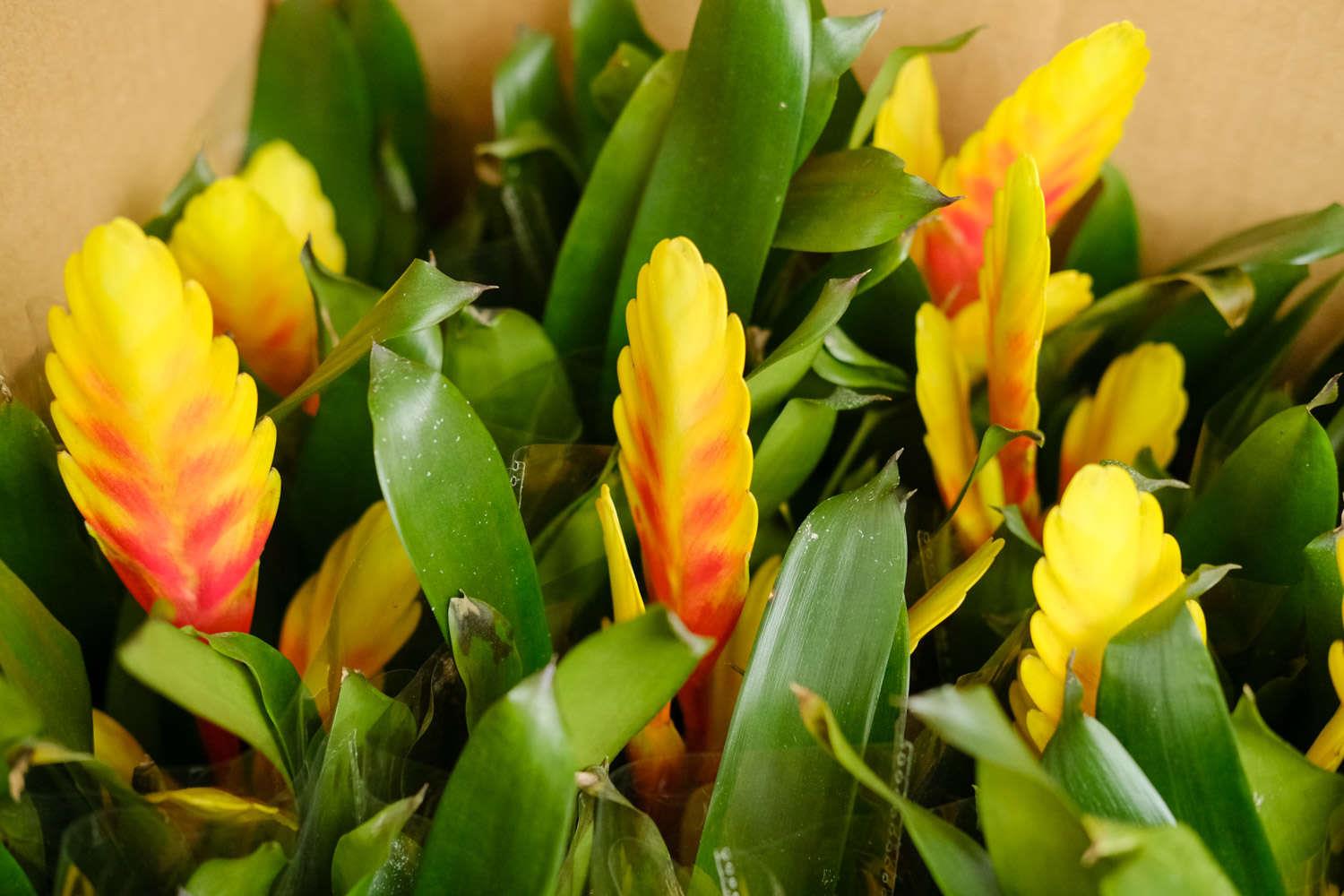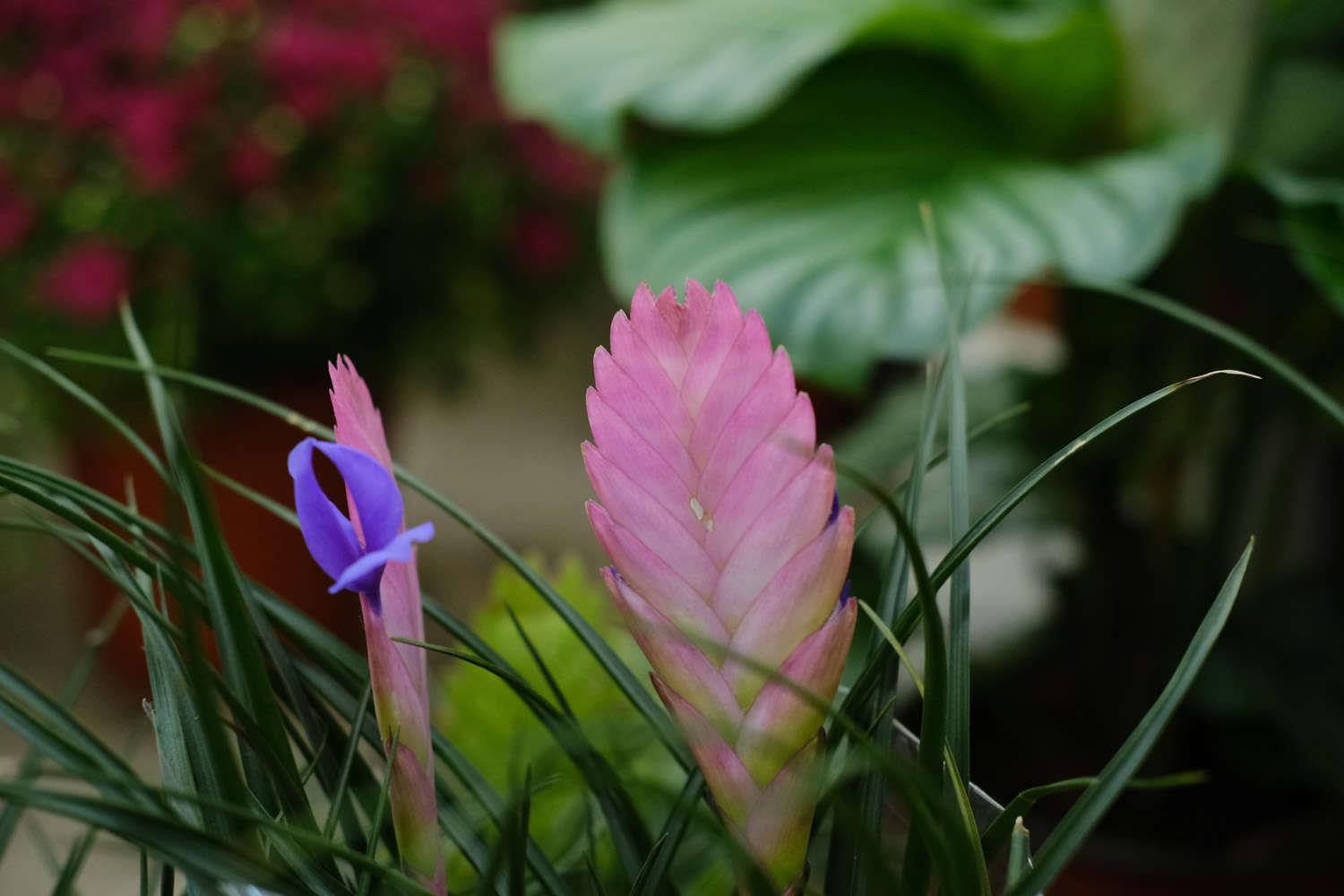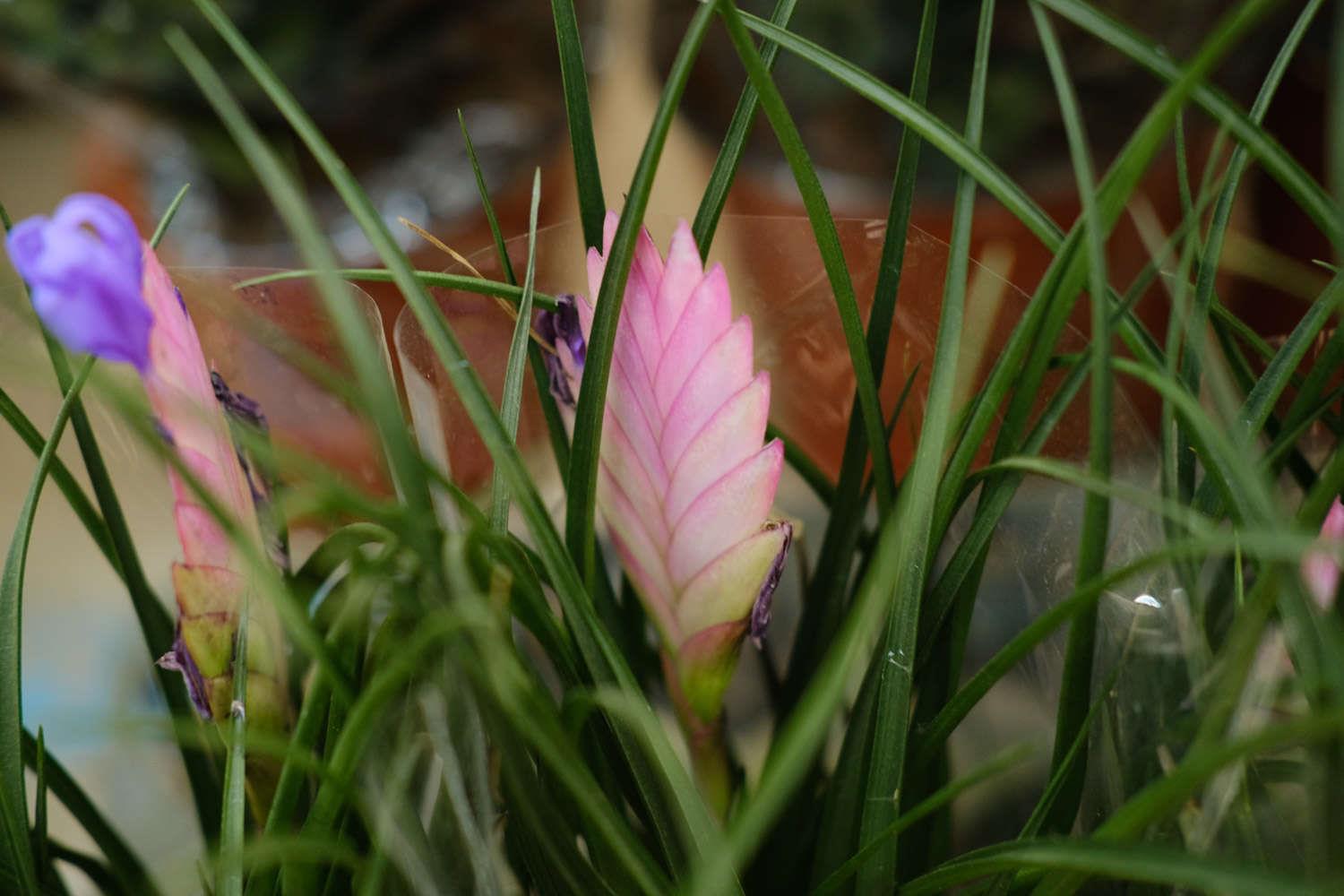How to grow Tillandsia
Last Update :2024.10.25
Article Catalog
Change the pot when the temperature is above 5℃ in spring, combine the divisions, and replenish soil fertility at the same time. To prevent exposure to the sun in summer, in addition to normal water and fertilizer management, spray it to humidify and cool it. In autumn, keep the breeding temperature at around 20°C and reduce watering in late autumn. In winter, keep it above 10℃, maintain sufficient light, and the pot soil should be dry.

spring
Spring
When the lowest temperature in spring stabilizes above 15°C, the Tillandsia can be repotted and divided. Tillandsia should be cultivated in a place with light in the morning and evening or in semi-light. The pot soil needs to be kept moist, but not too wet. Spray the leaves and surrounding areas frequently to increase air humidity. Spring is the peak growth season for Tillandsia, so attention should be paid to the supply of fertilizers.

Summer
Summer Tillandsia Orchids should be placed in bright light or semi-light to prevent sun exposure. Carry out normal water and fertilizer management. Increase the number of sprays.

Autumn
Autumn Management Same as spring. After the temperature drops in late autumn, keep the indoor temperature around 20°C, pay attention to water and fertilizer management, and ensure sufficient light. If the indoor temperature is low in late autumn, you need to ensure sufficient light, reduce the frequency of watering, let the pot soil dry, and stop fertilizing. The flowering period will also be delayed accordingly.

Winter
Winter is During the inflorescence viewing period, if the inflorescence is fully grown, it can be placed indoors at a slightly lower temperature. Keep the indoor temperature at about 10°C, the indoor light is bright, and the pot soil is moist and slightly dry. When the temperature is high, spray the leaves and surroundings multiple times to increase the air humidity. When the flowers do not bloom due to low room temperature in autumn and winter, they should be placed in a sunny room at about 10°C to ensure sufficient light and keep the pot soil dry. After the temperature rises in spring, keep the supply of water and fertilizer, and you can still bloom.
summer
autumn
winter
- END -
Peach farming methods and precautions

Soil: Acidic soil is suitable for its root growth, and sandy loam and gravel soil ...
When is the best season to fertilize orchids?

It is best to fertilize orchids in spring and autumn, and neither high temperature...